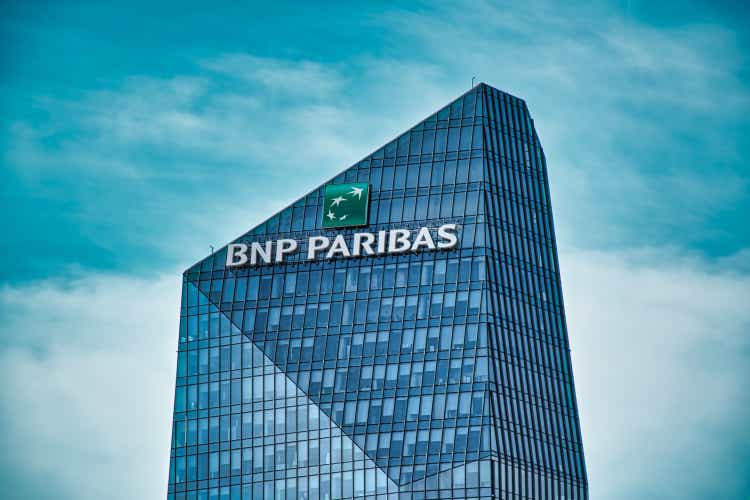Balazs Sebok
Here at the Lab, we have a good grip on European banks. In mid-September, we provided a top-down analysis stressing and scrutinizing the Italian banks, favoring Intesa Sanpaolo (OTCPK:ISNPY) as a leading player. With the ongoing macroeconomic challenges and the high energy bills at the B2B level and at the B2C level, there are additional risks to price in for the banking sector. Repaying debt or renegotiating higher interest rates could further deteriorate the EU economy and escalate further the crisis.
According to Moody’s, in a top-down approach, the most vulnerable banks are located in 1) Germany, 2) Austria, 3) Italy, 4) Hungary, 5) the Czech Republic and 6) Slovakia. Here at the Lab, we provided a few updates about Uniper (OTCPK:UNPRF) and Fortum (OTCPK:FOJCF), and we have constantly monitored the French nationalization of EDP. However, looking at Moody’s report, the above countries have above-average exposure to the energy shortage and higher energy prices, hence, financial institutions located there have started to report a few manifestations of weakening credit quality. Despite that, many EU country members are already adopting national policies to contrast and limit the higher energy prices.
Starting from the fact that French electricity mix is skewed toward its nuclear generation and there is less dependency on Russia (compared to the other EU countries), our follow-up analysis is going to focus on BNP Paribas (OTCQX:BNPQY) (OTCQX:BNPQF). Why?
- Compared to SocGen and Credit Agricole, BNP Paribas disclosed an irrelevant Russian exposure and there is no expectation of further provisions;
- BNP is targeting a 60% payout ratio following its 2025 plan, with a complementary share repurchase for a total consideration of €4 billion. Compared to SocGen and Credit Agricole SocGen that both target a 50% payout, considering the low Price to Book Value multiple, then BNP scores at the highest level in terms of yield;
- In addition to point 2), the BancWest disposal gives the French bank a lot of strategic flexibility with M&A optionality to take into consideration;
- Moreover; the BNP capital requirement (CET1) is already at 300 basis points above the minimum set by the regulators;
- At the aggregate level, the French bank’s cost of risk has been lower than the average EU banks, signing on average 60 basis points against 70 basis points;
- We see supportive trends for both SocGen and BNP Paribas on ALD and Arval respectively;
- In September, the French banks forecasted their Net Interest Income sensitivities for higher rates. Number in hands, BNP Paribas estimated that from a 50 basis points increase, the bank will incrementally forecast earnings growth from €130 million in 2023 to almost €700 million in 2025 (at ceteris paribus).
Conclusion and Valuation
BNP’s 2025 business plan aims for a Return on Tangible Equity (‘ROTE’) of more than >11% and more important is based on a very limited upside on ECB rate hikes (just 25 basis points). In September, the ECB recently raised the interest rate by 75bp and there is another expectation for an additional 75bp increase. Just for the above reason, according to our NII sensitivity, we should increase our BNP’s EPS by more than 5% year-on-year. If we add the fact that BNP is currently trading at 0.6x on its TBV, the French bank is again a clear buy.


Be the first to comment